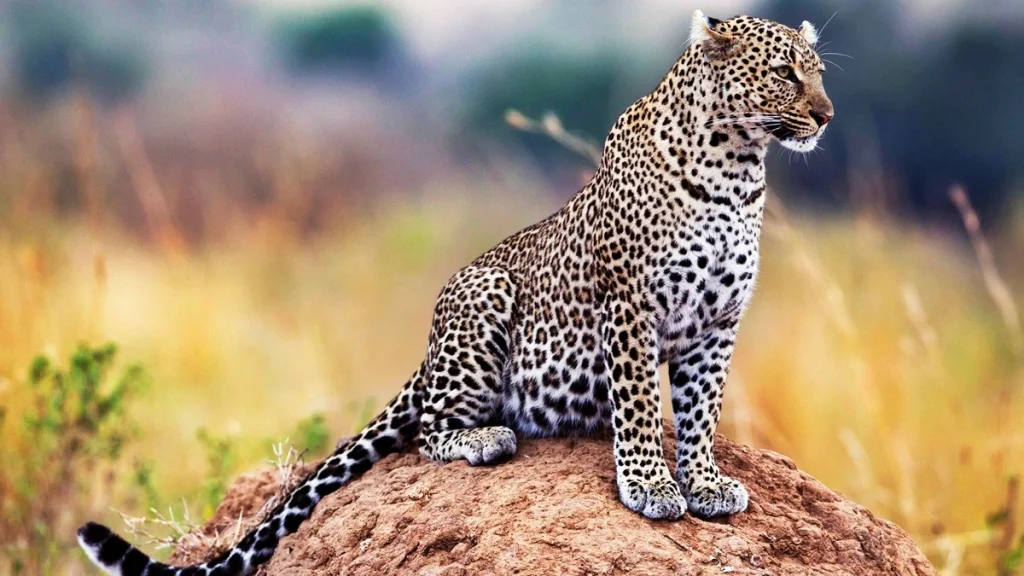Context:
Recently, the Framework Agreement on establishment of the International Big Cat Alliance (IBCA) has officially come into force.
More on the news:
The Ministry of External Affairs (MEA), Government of India is the Depository of the Framework Agreement of IBCA.
The following four countries along with India have deposited the instruments of ratification/acceptance/approval, under Article VIII (1) of the Framework Agreement.

- Republic of Nicaragua,
- Kingdom of Eswatini,
- Federal Republic of Somalia, and
- Republic of Liberia
As of now, 27 countries including India have consented to join IBCA and several international/national organisations working in the field of wildlife conservation have also partnered with IBCA.
IBCA has a one-time budget allocated which is Rs.150 crore for a period of five years from 2023-24 to 2027-28.
About the IBCA:

- The alliance was launched by the Prime Minister in April 2023, during the event ‘Commemorating 50 years of Project Tiger’.
- The Union Cabinet, in its meeting held in February 2024, approved the establishment of IBCA with headquarters in India.
- From 23rd January 2025, the IBCA and its Secretariat have become a full-fledged treaty-based inter-governmental international organization and international legal entity.
- It was launched with the aim of conservation of seven big cats – Tiger, Lion, Leopard, Snow Leopard, Cheetah, Jaguar and Puma.
- The organisation’s membership is open to all UN countries harbouring these species and other countries where these species are not found but are interested in supporting big cat conservation.
- The IBCA was established by the Government of India, through the nodal organisation viz., National Tiger Conservation Authority (NTCA), Ministry of Environment, Forest & Climate Change (MoEFCC), vide order dated 12th March 2024.
The primary objectives of IBCA are to: –
- Facilitate collaboration and synergy among stakeholders,
- Consolidating successful conservation practices and expertise to achieve a common goal of conservation of big cats at the global level.
- Financial support aiming to halt the decline in big cat populations, and reverse current trends.
- Provides access to a central common repository of technical know-how and corpus of funds,
- Strengthening the existing species-specific intergovernmental platforms, networks and transnational initiatives.

